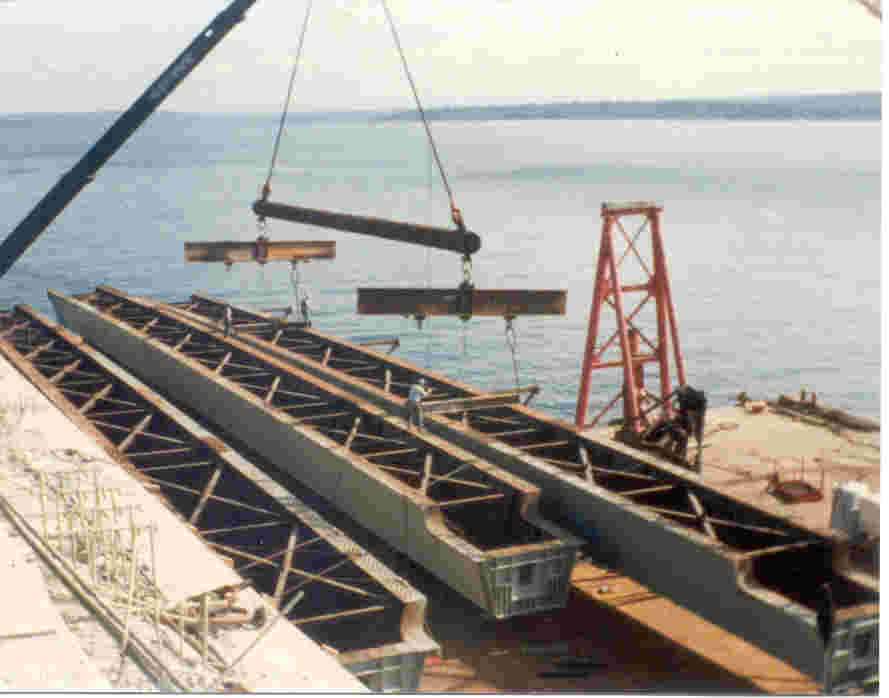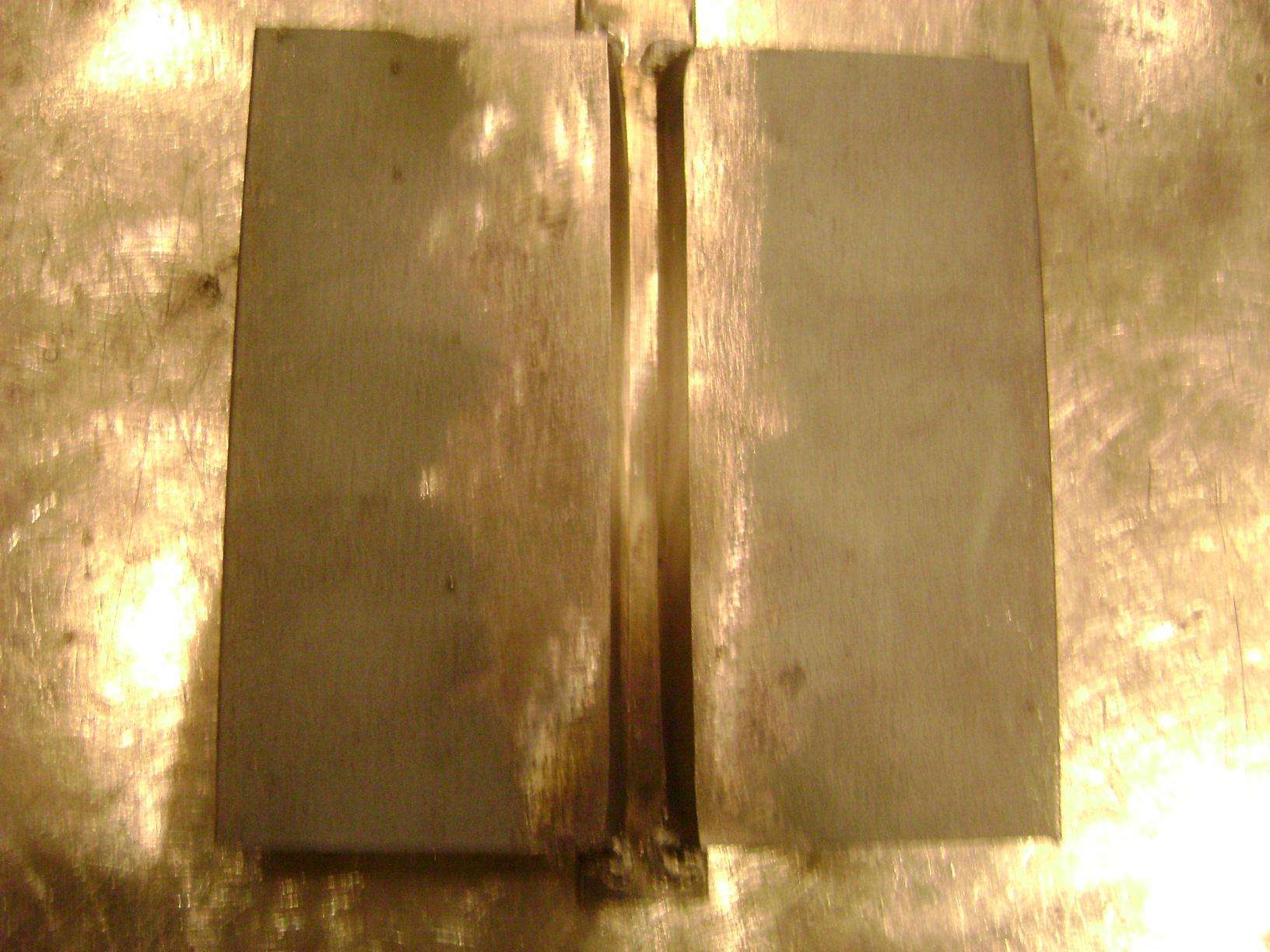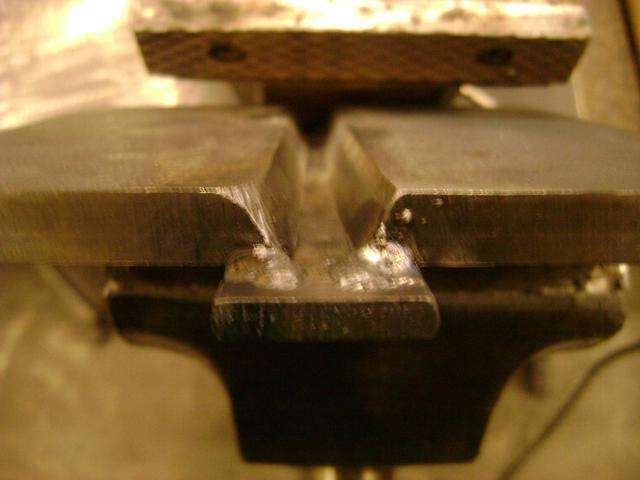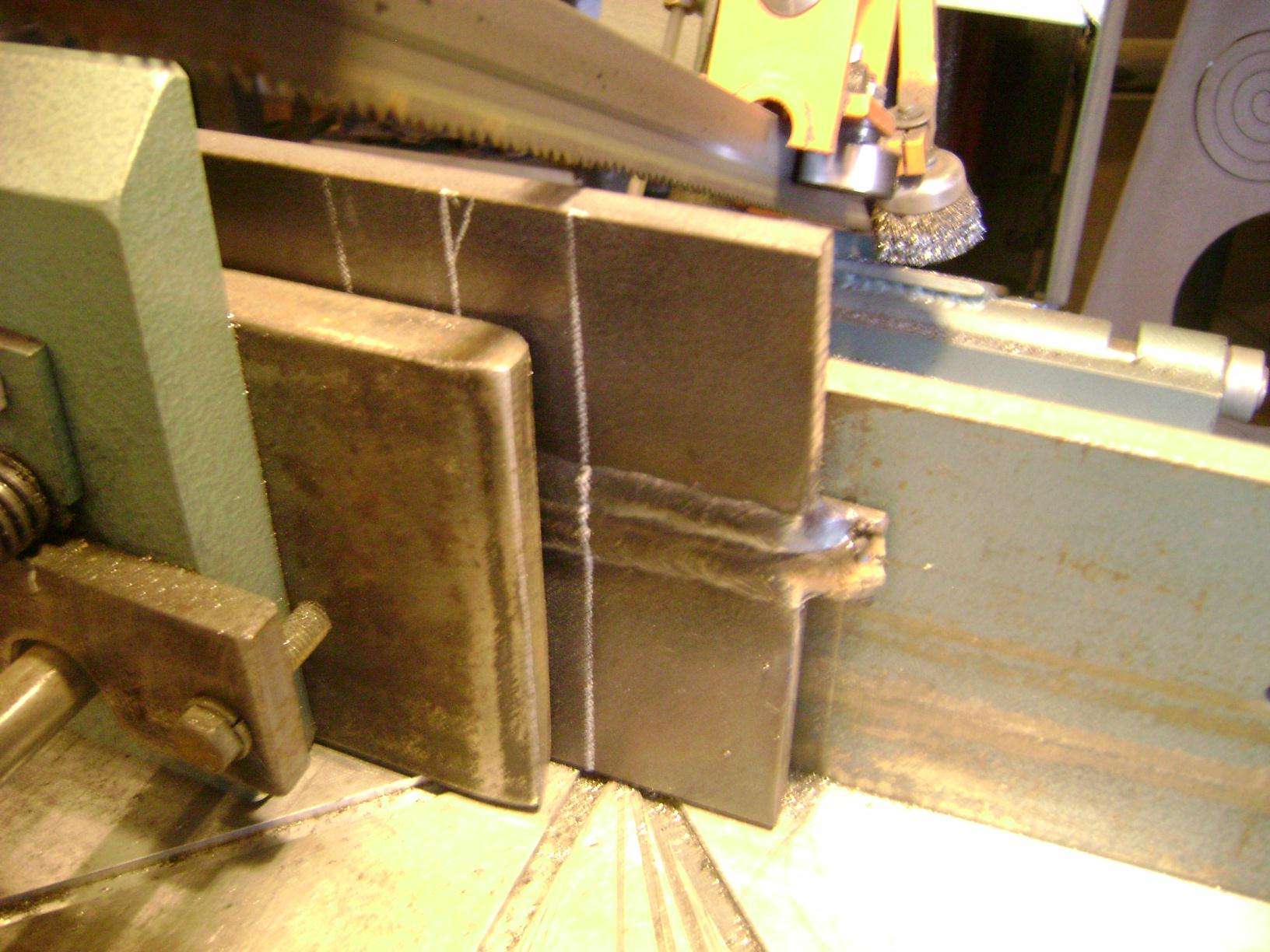Anonymous-0
Well-known Member
I need to weld up about an 1 3/16 hole in 2" thick plate so it can be remachined. The hole got oblonged. I'm going to be using 7018 but aren't sure if I should try and weld down 2" deep using a copper backing plate. I'm worried I might get slag inclusions/lack of fusion going that deep. If I took a thin steel washer, welded the hole shut and put it half way in the hole, then welded it in real good from both sides, should this work? Or is it better to use a copper back up bar and put the weld down 2" and then weld up where the back up bar was? I want to have the most sound repair. Thanks for advice.









